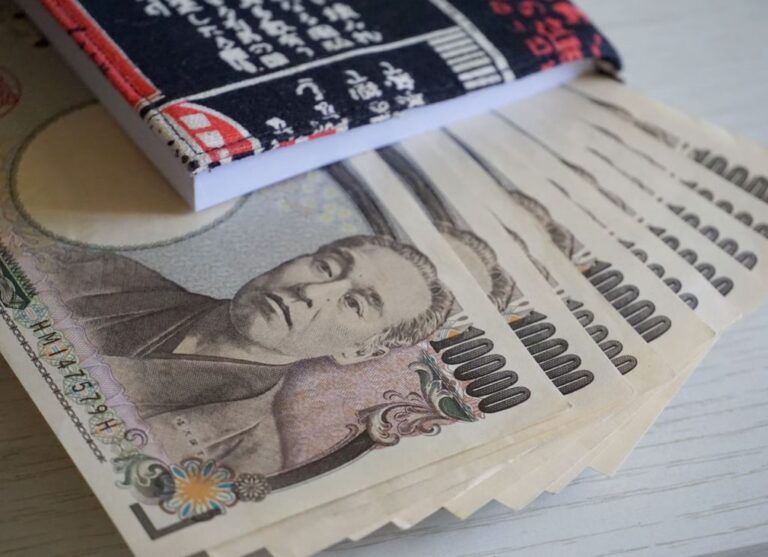
Morning Brief – Mixed picture
The Rand has had a dramatic recovery from the depths of its pandemic and risk induced sell-off running into March 2020. It may seem obvious that ZAR crosses no longer reflect the severe discount priced into them during the height of the market turmoil. However, there are many emerging market currencies who, versus their major counterparts, are still retaining a far heavier discount than the Rand. The reason behind the revival of South Africa’s currency in particular lies in just how undervalued the Rand presented itself during the March-20 sell off as well as the subsequent economic recovery in line with a domestic rate tightening environment. South African 5 and 10 year paper implies a yield of in excess of 7 and 8% respectively. On top of that the SARB looks set to deliver sequential rate hikes at meetings later this year, attracting investors to the once again high yielding currency.
Therein lies the initial bullish case for the Rand, however, much of this is already priced in to relevant crosses. With a backdrop of Fed tightening confirmed once again last night by Fed Chair Jay Powell, the appeal of EM currencies by virtue of their real or nominal yields is undermined by a higher risk free rate of return in the US. The rally in precious metals will benefit South Africa with mining production data showing strong rebounds in the production of Gold and (albeit less so) Platinum. Despite the potential for currency appreciation via an improved balance of payments from the export of refined raw materials, threatened strike action within these promising markets could insulate the Rand from feeling the warmth of a booming metals market.
Despite the potential tailwind provided by strong commodity prices for miners, the core of the turmoil in commodity markets has been focussed on energy. Of course, it has been European gas and oil that has stolen the headlines but coal, the commodity upon which South Africa’s vulnerable power production network relies so heavily on has also faced enormous price and supply pressures. Eskom’s debts are projected to rise further and its own projections imply tens of days of power outages later this year. This will have a negative impact upon GDP and therefore currency performance in turn.
Implied volatilities in ZAR have remained elevated despite major-ZAR crosses consistently realising volatility below implied levels. The relative stability of such crosses which face such a myriad of conflicting pressures will surely result in near term significant price movement. Technicals too provide inconclusive evidence as to the likely direction of this move. If the current levels in your ZAR cross are (or even aren’t!) favourable to you, please don’t hesitate to get in touch with your account manager to discuss price strategies.
Discussion and Analysis by Charles Porter

Click Here to Subscribe to the SGM-FX Newsletter
Related Insights

Morning Brief – Japanese Yen
Japanese Yen With JPY at a new 34 year low versus EUR, the market is set for an ambush by the Bank of Japan if it acts today at the end of their Policy Meeting to support the Yen. The reason that the market is susceptible is because it has convinced itself that the BoJ […]

Morning Brief – Coalition
Coalition This briefing is about South Africa and the Rand, which frequently proves to be one of the more divisive subjects within our roster of currencies. In particular, with the election looming, this will be about South African governance. Not from a political or human perspective about what may be the best long term outcome […]

Morning Brief – US Tariffs on Chinese Imports
US Tariffs on Chinese Imports Recently we wrote about how Mexico has become the Number One trade partner for the USA. It now transpires that Mexico may have had what is known as a little assist with their numbers: the statistics for the number of 20 foot shipping containers for the first three Quarters of […]



 Humphrey Percy
Humphrey Percy Charles Porter
Charles Porter